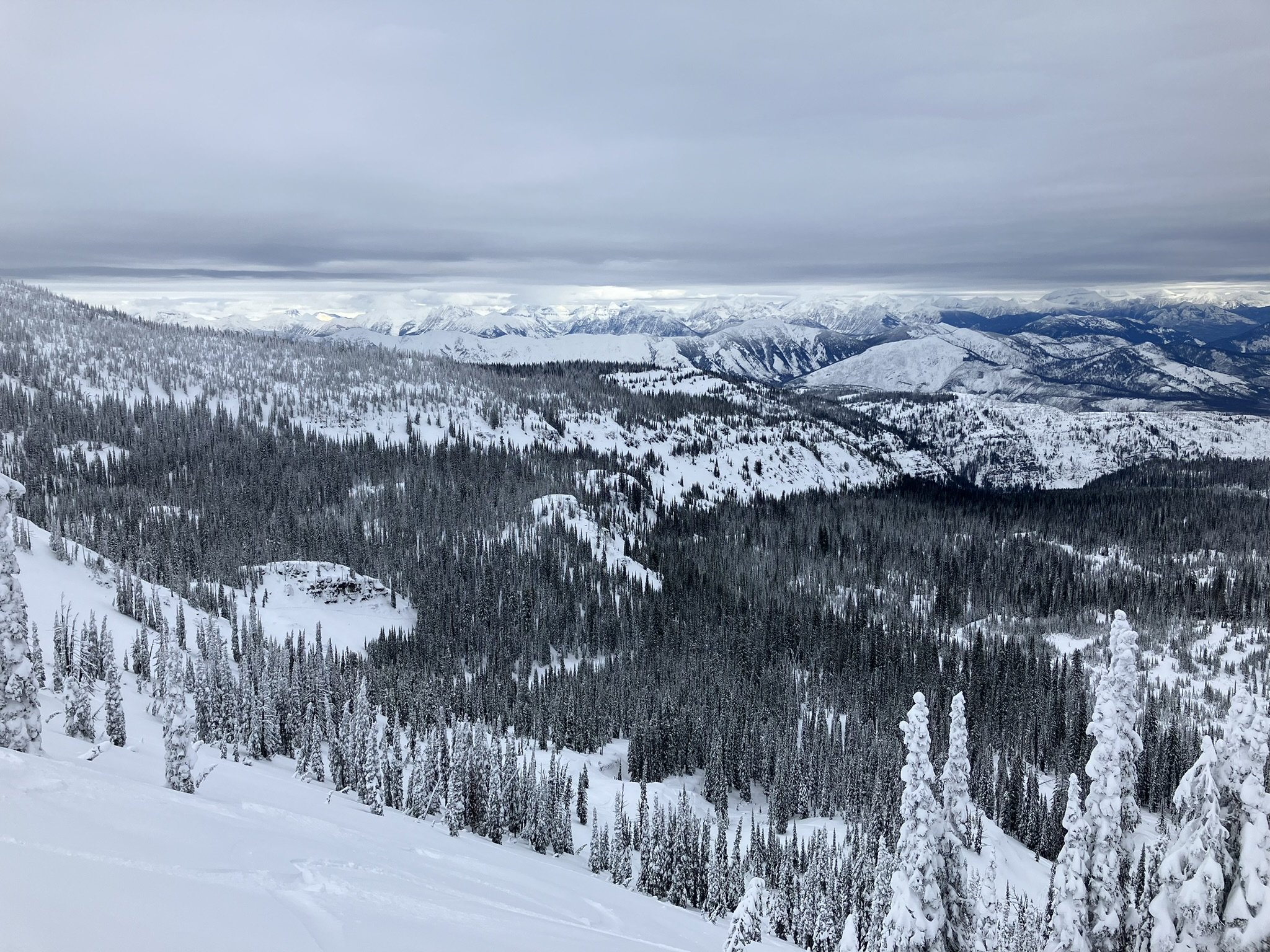The primary goal of the AIARE 2 course is to learn how to reduce uncertainty and exposure to hazard based on the snowpack and terrain selection. The information below provides guidelines on how you can benefit most from the course by being comfortable with the basics, which will allow you to take advantage of being in the field with an expert instructor. As long as the conditions allow, be prepared to enter avalanche terrain with your groups.
What to review before your course?
9 Avalanche Problems - Connecting the avalanche hazard with the problems in the bulletin is one of the most important connections skiers and riders can make during AIARE 2. This allows you to select terrain according to the hazards to reduce risk. Many students will avoid the backcountry on a considerable day, but with proper understanding of where the avalanche may found in the terrain and mitigation techniques, you can still go out and enjoy!
Loose Dry Avalanche
Loose Wet Avalanche
Storm Slab Avalanche
Wind Slab Avalanche
Wet Slab Avalanche
Persistent Slab Avalanche
Deep Persistent Slab Avalanche
Cornice Avalanche
Glide Avalanche
Refresh on high hazard or avalanche terrain
Slope incline of >25° (35-40° is most common for skier triggered)
Slope orientation to the wind and sun
Run-out zone
Overhead hazard - like cornices
Terrain Traps
Review the most relevant snowpack tests
As a recreationalist the primary snowpack tests you should be using are the shovel/hand shear test, compression test, and extended column test.
Avalanche Bulletin
While you may be used to just looking at the elevations and colors on the avalanche bulletin, it is helpful to understand where the more in-depth information is located, such as what are the specific avalanche problems, the provided weather forecasts,
Track conditions for the area your course is at
What are the layers you can look for while digging in the snow? Are there results you can look to validate in your snowpack tests? Look back in the archived bulletins to see what was the weather and conditions that caused the layers of concern?
What to expect during the course?
Over the 3-day course you can expect one classroom day to review the information listed above and generate a plan for the field days. Day 2 and 3 you get to spend the entire day in the field! Depending on the conditions the schedule may vary but traditionally there is one instructor-led day followed by a student-led day. To gain the most from the course, I recommend participating as much as you can on the student-led day because it gives you a space to practice the verbiage that is fresh in your brain and get your questions answered!
There is no transceiver work or practice during the course, as you will learn those skills during the one-day rescue course.












